For months, Lasvegasweekly.com videographer Scott Den Herder tried hard to convince me that instead of reviewing the newest releases in theaters and on DVD, I should review one of his favorite movies, the low-budget killer-bunnies movie Night of the Lepus. “I’m not going to review some random movie just because you want me to,” I would tell him every week, right before reviewing some random movies just because Hollywood studios wanted me to. Eventually I thought, why not review this movie that someone clearly wants me to see? And while I’m at it, why not review a bunch of movies that people want me to see?
Thus was born the reader-submitted film festival. People often tell me I’m paying attention to the wrong movies, so this would be a chance for anyone to pick what deserved coverage, whether that was an underrated favorite or a terrible movie selected to torture me. I solicited suggestions from Las Vegas Weekly readers, 107.5-FM listeners, co-workers and Facebook friends. I went with movies I had never seen before, that were reasonably accessible, and that the nominators had not themselves been involved in producing. I watched eight films over two days; here are the results.
The Cake Eaters (2007)
A Twilight-obsessed Facebook friend nominated this film, I believe on the sole basis that it features Twilight’s Kristen Stewart. Vampire-romance aficionados probably won’t find much to like here, though; The Cake Eaters is a run-of-the-mill dour indie drama, about intersecting romances among the members of two families in a small East Coast town. Stewart’s teen with a rare neuromuscular disorder hooks up with the slacker lunch-counter guy (Aaron Stanford) from her school cafeteria; Stanford’s recently widowed dad (Bruce Dern) hooks up with Stewart’s grandma; and Stanford’s brother, played by screenwriter Jayce Bartok, hooks up with his ex.
Directed by actress Mary Stuart Masterson, The Cake Eaters is perfunctory, dull and way too self-serious, but most importantly, it features absolutely no cake-eating whatsoever to justify the terrible title. I waited and waited for, if not the appearance of actual cake, perhaps some cake-eating metaphor about how life was like dessert, but nothing ever came. The tagline on the DVD cover proclaims, “Love is the frosting …” but that’s even more nonsensical. The characters are so tortured that some cake-eating probably would have perked things up, but instead the movie just tapers off right after Stewart’s twitchy teen loses her virginity. At least she gets more action here than in Twilight.
Martin & Orloff (2002)
This is one of those little-known films packed with people who became famous right after appearing in it; written by and starring members of the Upright Citizens Brigade comedy troupe, Martin & Orloff features parts varying from cameos to co-starring roles for the likes of Tina Fey, Rachel Dratch, Janeane Garofalo, Amy Poehler, David Cross and Andy Richter. None of them play the title characters, though; that honor goes to UCB members Ian Roberts and Matt Walsh, who star as a man recovering from a suicide attempt and his highly unorthodox therapist. Roberts’ straitlaced, guilt-plagued Martin heads to an appointment with Walsh’s Dr. Orloff, and that sets off a string of madcap adventures.
Like a lot of movies created by sketch-comedy troupes, Martin & Orloff plays more like a series of sketches than a cohesive narrative. There are a few laughs along the way, and spotting the familiar faces is fun. But a movie filled with this much talent should really be a lot funnier and a lot more memorable.
Gymkata (1985)
Both members of the Weekly art team have posters for this forgotten ’80s action movie up in their cubicles. Gymkata is forgotten, of course, by all except its fervent cult of fans. It’s exactly the kind of so-bad-it’s-good movie that attracts a dedicated following, with a potent combination of celebrity hubris, horrible acting, incompetent filmmaking, nonsensical writing and complete conviction in its own awesomeness.
Conceived as a starring vehicle for Olympic gymnast Kurt Thomas, Gymkata casts the boyish (seriously, he looks about 12) athlete as an accomplished gymnast recruited by the U.S. government to infiltrate the fictional country of Parmistan and compete in The Game, an ancient ritual that is basically a summer-camp ropes course with deadly ninjas firing arrows and throwing spears at you. Thomas’ expressionless Jonathan Cabot is out to avenge his father’s death (of course) and secure a place in Parmistan for a U.S. missile-defense system, a very ’80s plot device.
Not that motivation or plotting matters much here—the whole point is to display Thomas’ absurd combination of gymnastics and karate, which finds him locating conveniently placed parallel bars and pommel horses in the unlikeliest of places. I couldn’t help but marvel at some of the inexplicable filmmaking choices, from the extreme close-up of Thomas’ junk during a scene in which he walks up a flight of stairs on his hands to the comically exaggerated sound effects that turn every punch and kick into a thunderclap. Certainly this is one of the worst movies ever made, but it’s also the most entertaining thing I watched for this story.
Fandango (1985)
Reader Brett cites “[Kevin] Costner, Judd Nelson and some great lines” as the justification for watching this movie, and I agree that it does indeed feature both Costner and Nelson. This coming-of-age dramedy from writer-director Kevin Reynolds, who later went on to helm big-budget Costner epics Robin Hood: Prince of Thieves and Waterworld, has a certain low-key charm, but its comedy is a little too broad to sell the quieter, more introspective moments. Reynolds seems to have a lot to say about accepting adult responsibility, about the regrets of lost love, about the way a generation dealt with the draft and the Vietnam War (the movie is set in 1971), but he drapes it all in a goofy road-trip comedy about a group of Animal House-style college roommates known as the Groovers.
It’s interesting to see bad boy Nelson play the uptight one, but his performance as duty-bound Phil is too sour to be affecting. Phil has intriguing layers—he’s a hard-partying college guy who’s also proud to be joining the military as an officer and heading off to serve his country in Vietnam—and Reynolds plays them off the laid-back, draft-dodging ways of Costner’s Gardner. Costner is in full-on charming-rogue mode here, but Gardner’s defining moment, dancing with the girl who got away (an underused Suzy Amis) at her wedding to another Groover, isn’t given the build-up it deserves.
Instead, Reynolds spends time on the prickly friendship between Phil and Gardner, and takes long detours for tedious shtick about a burned-out hippie pilot and an ill-advised scheme to hook the Groovers’ ailing car to a train. As for the great lines? I can’t remember a single one.
Night of the Lepus (1972)
The film that kicked off this whole project is indeed endearingly awful, a ridiculously somber cautionary tale about the proliferation of rabbits and the dangers of science meddling with nature. For some reason, Lepus opens like an educational film, with a stolid news anchor reading off statistics about the devastation wrought by runaway rabbit populations, accompanied by stock footage that would be at home in a National Geographic special. It’s not the most thrilling way to start a horror movie, but it’s strangely appropriate for the nerdy, square tone that the movie adopts.
Eventually, of course, we get to the heart of the matter, which is that a scientific effort to curb rabbit overpopulation in Arizona inadvertently causes the local rabbit population to mutate into 150-pound monsters with a taste for human flesh. Actually, the rabbits don’t seem to have a taste for human flesh—they never eat their victims—so much as a rage against humans, whom they attack without provocation (over the course of several days, not a single night as suggested by the title).
The filmmakers use close-ups of real rabbits, endlessly recycled, to approximate the menacing giant bunnies, and later in the film set their animal stars free on obvious miniature versions of various locations, so that the result is something like the scene in Team America with a housecat standing in for a tiger attacking the movie’s puppet stars. Which is to say, it’s more funny and cute than scary, and isn’t helped much by the garish red paint that passes for blood, or the badly overdubbed dialogue, or Psycho’s Janet Leigh looking appalled to have found herself starring in this movie.
The Great Race (1965)
“Why not?” asks reader Jace about the reasons for watching this movie. Well, let me tell you why not: It’s two hours and 40 minutes of belabored slapstick, with characters who are so cartoonish that they were actually the inspiration for a subsequent cartoon series (the Hanna-Barbera show Wacky Races, which premiered in 1968). Tony Curtis and Jack Lemmon go for broke as the two outsize personalities competing in a New York-to-Paris road race in the early 1900s, and Natalie Wood bats her eyes and offers a few sassy line readings as the ingénue/proto-feminist determined to go toe-to-toe with Curtis’ Great Leslie.
It seems like there’d be a great quick-witted comedy in here somewhere, but director Blake Edwards, who was responsible for the original Pink Panther movies, instead favors silly, repetitive, juvenile set pieces that look like they cost a ton of money to achieve the rather simple effect of a pie in the face (one ornate sequence in particular involves literally hundreds of pies in various faces). Curtis, Wood and Lemmon (as the Great Leslie’s dastardly rival Professor Fate) are mostly charming, but the one note each is given to play gets mighty tired over the course of the interminable film. Edwards dedicates the movie to Laurel and Hardy, but those classic masters of slapstick never made anything that even approached two hours and 40 minutes long, and The Great Race proves exactly why.
Closet Land (1991)
Las Vegas Weekly ad salesman Guy Bertuzzi went online to buy me a VHS copy of this out-of-print indie drama, so keen was he on my seeing it. The movie, which was developed at the Sundance Screenwriting Lab and played various film festivals in 1991, has never been released on DVD, but as Guy’s proselytizing indicates, it does have something of a cult following, and writer-director Radha Bharadwaj still promotes it, as well as a stage version that’s been performed all over the world, on her website.
It’s not surprising that Closet Land has achieved success as a stage production, although Bharadwaj conceived it first and foremost as a film, because it’s a two-character drama that takes place almost exclusively in a single room. In an unnamed country, possibly in some dystopian future, an author of children’s books (Madeleine Stowe) is ruthlessly interrogated by a government operative (Alan Rickman) determined to get her to reveal her collaboration with dissidents. Bharadwaj does a good job of making the claustrophobic set-up feel cinematic and not stage-bound, with creative camera movements and occasional fantasy sequences (some animated), but the movie is still awfully single-minded and heavy-handed. About halfway through, I felt like I’d had enough, not because of the intensity of the performances (Stowe and Rickman act until they’re blue in the face), but because the movie was already circling around the same points. Toward the end, Stowe just faces the camera and articulates the movie’s main themes directly to the audience, and by that time there’s really nothing left to say.
The Room (2003)
Thanks to regular midnight screenings in Los Angeles, a growing following of writers, comedians and actors and a recent feature article in Entertainment Weekly, The Room has become the Plan 9 From Outer Space of the new millennium, a movie celebrated for its unabashed badness as well as for its filmmaker’s unmistakable love for his horrendous masterpiece. Tommy Wiseau, The Room’s writer, director, producer and star, has embraced his movie’s fanbase seemingly without understanding what it’s based on, and his obliviousness is a large part of the movie’s weird appeal.
Like Gymkata, The Room is a really, really bad movie built around the idea that its star is the coolest person around; the difference is that Wiseau doesn’t have any gold medals to justify his ego. He plays a banker whose fiancée is cheating on him with his best friend, a familiar set-up. It’s not the basic plot framework that makes The Room so entertainingly bad, though; it’s the dialogue that sounds like it was written by aliens studying human behavior and getting it wrong, delivered by Wiseau in his inscrutable, vaguely European accent and presented in scenes that lurch from one plot point to another with no regard for emotional or intellectual continuity.
Watching The Room alone in my living room was probably not the ideal experience; the LA screenings feature call-and-response moments and re-enactments along the lines of The Rocky Horror Picture Show, and certainly being able to marvel at the ineptitude along with fellow audience members would have been more enjoyable. But the whole thing is so hilariously inept that its entertainment value comes through regardless.
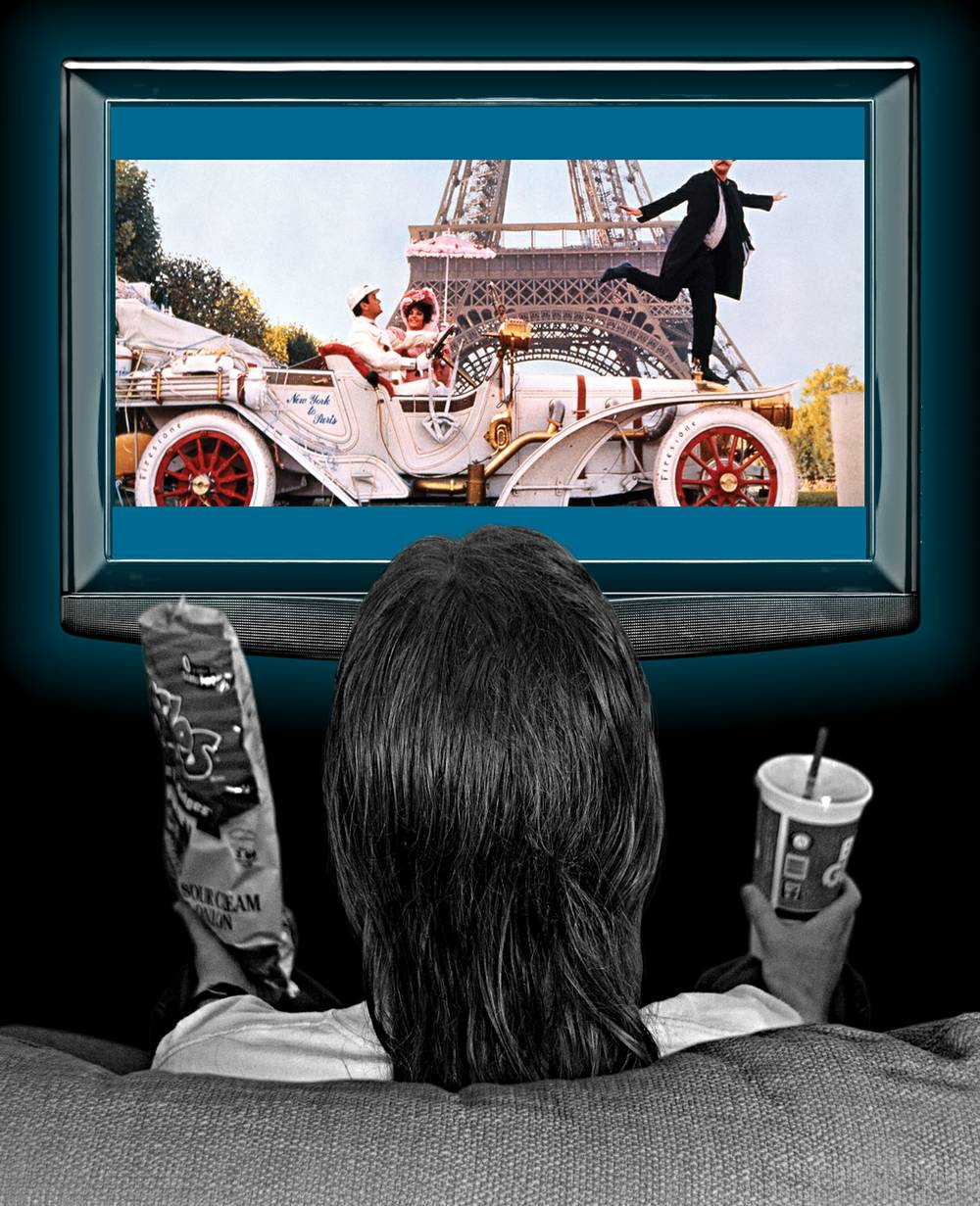

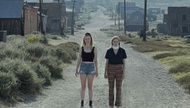

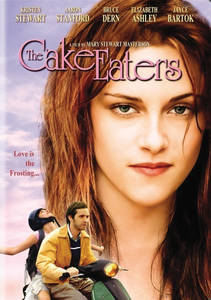
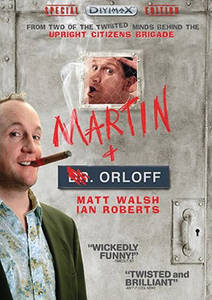
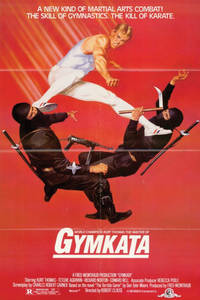

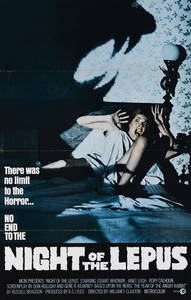
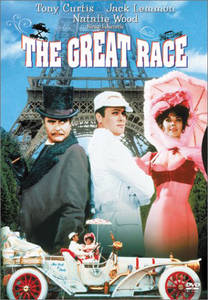
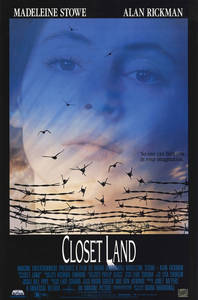
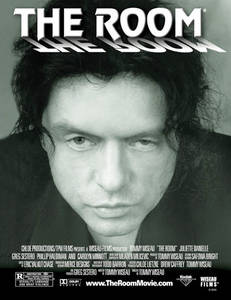
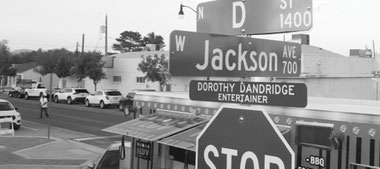

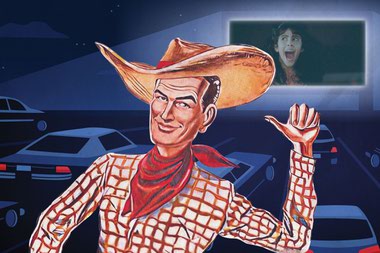
Previous Discussion: